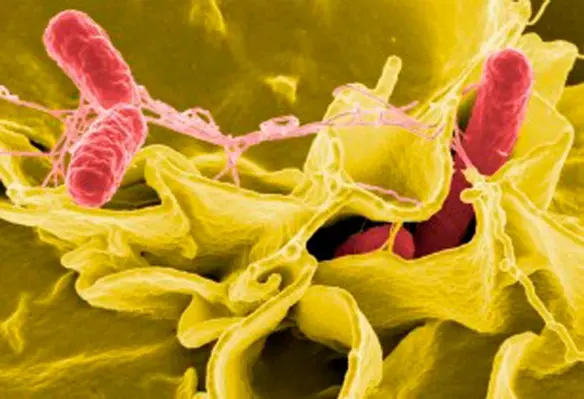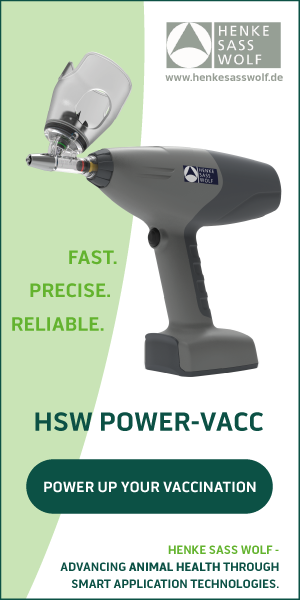Tentamus Agriparadigma Laboratory has said that it is further developing rapid screening methods for the search of pathogens such as Salmonella spp., Listeria spp. and monocytogenes
According to the 2017 Annual Report on the Rapid Alert System on Food and Feed (RASFF), Salmonella is the most important pathogen in the list of European food and feed alerts. It is an extremely widespread enterobacteriaceae, which is responsible for both human and animal gastrointestinal infections. Its treatment is complex as there are more than 2,600 existing Salmonella serovariants (Salmonella Typhimurium, Enteritidis, Infantis, etc.). Transmission to humans may occur through the ingestion of contaminated food.
However, European alerts are not just about Salmonella. The European Food Safety Authority (EFSA) has issued a number of publications on infectious outbreaks of Listeria monocytogenes, which have caused many listeriosis events in different European countries since 2015. Listeria monocytogenes is a bacterium that is widely present in the environment and causes foodborne infection through ingestion of contaminated food.
To perform the screening of these pathogens, the laboratory has developed and accredited official methods, such as:
-UNI EN ISO 11290-1:2017
-UNI EN ISO 11290-2:2017
-UNI EN ISO 6579-1:2020
-Rapid methods such as AFNOR BRD 07/11-12/05 and AFNOR BRD 07/04-09/98
Official methods UNI EN ISO 11290-1:2017, UNI EN ISO 11290-2:2017 and UNI EN ISO 6579-1:2020 require the use of nutrient-rich pre-enrichment media. High levels of nutrients, especially for qualitative methods based on absence/presence screening, facilitate the development of the above-mentioned pathogens, allowing them to be identified in all foods where they are present – but at low levels of contamination.
In well-defined time and temperature conditions, the parallel use of at least two chromogenic media allows the first screening to be carried out to determine any possible negative results of the analysis. If the results are not negative, these methods involve numerous confirmation tests to validate the presence of pathogens, such as sugar fermentation, Gram-Hucker staining, microscopic morphological analysis, catalase, oxidase and haemolytic activity verification.
Through the use of highly selective media and specific initial supplements in the pre-enrichment phase, the AFNOR BRD 07/11-12/05 and AFNOR BRD 07/04-09/98 rapid methods allow a clear chromogenic identification of the pathogenic microorganisms.
-Results can be reported in just 48 hours if they are negative.
-The association with confirmation tests, such as agglutination and sugar fermentation, also allows to complete screening tests in 3-4 working days in case these are positive for -Listeria spp., monocytogenes and Salmonella spp.
The laboratory has carried out all performance checks for the above methods in accordance with ISO19036: 2020.





